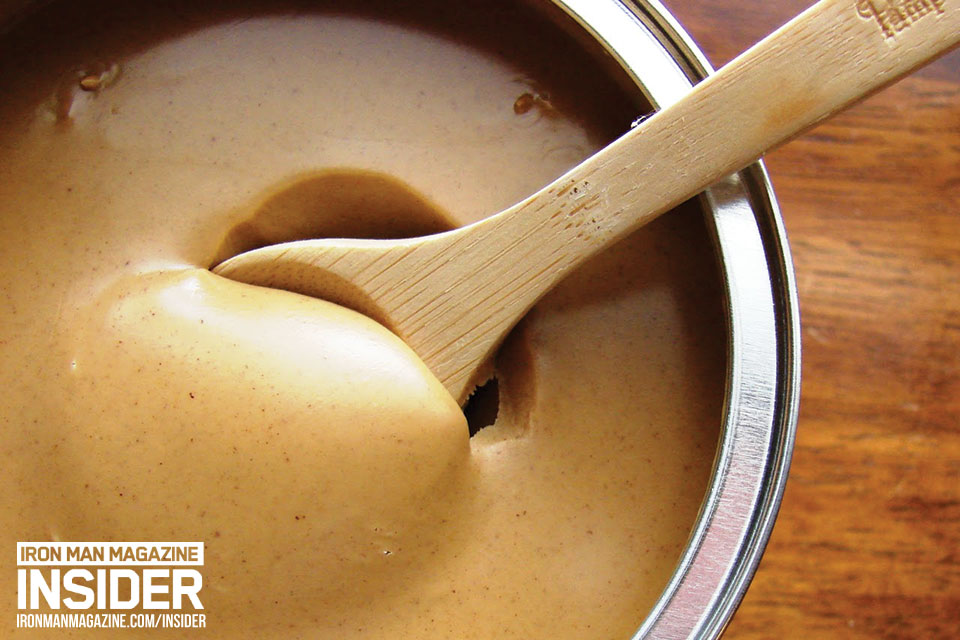


“Calories In vs Calories Out”is the phrase and notion that continues to drive weight-loss strategies today, but simply put, it’s a misconception, period! This sentiment, instead of working effectively, actually promotes the belief that “I can eat whatever I want, as long as I am ‘burning it off’” through exercise and my resting energy expenditure.
Honestly, I wish the formula for physical transformation was as simple as that phrase implies, but the real story is much different. When it comes to making lasting changes to your physique through intense training and sound nutrition, you must emphasize both balance and quality. It’s not merely a case of in-and-out like the famous fast-food burger franchise.
THE FOOD EQUATION
When it comes to the issue of balance and quality with nutrition, both come down to what you eat. High-quality nutrition can be the difference, for example, between choosing a 120-calorie piece of bread made from refined white flour or a 120-calorie piece of bread made from whole grains and packed with fiber and nutrients. The calories are identical between the two breads, but the quality between the two choices is drastically different.
To master the nutrition basics that allow you to eat in a way that will build your body and give you that sliced-diced look, you’ll need to improve certain aspects of your nutrition knowledge.
GOALS OF MACRO BALANCE
Knowing how to break down and balance your macronutrients—proteins, carbohydrates and fats—opens the door for you to make high-quality, individualized food choices.
Proteins: Daily protein intake should fall between 1 and 1.5 grams of protein per pound of lean body mass (LBM). Protein intake should also comprise between 30 and 40 percent of your total daily caloric intake. To determine your LBM, you need to determine your percent body fat. For example, a 200-pound individual with 10 percent body fat carries 180 pounds of LBM.
The primary reason for having a range with protein intake is to allow for individualization, and the determining factor to increase protein intake will be satiety or your sense of fullness. In other words, if you start near the lower end of the range (1 gram per pound of lean body mass) and find that you’re still hungry at the end of the day, increase your protein intake to as high as 1.5 grams per pound of LBM. In this case, you’d attempt to remain near your total daily caloric intake by decreasing your intake of carbohydrates and/or fats.
Keep in mind that proteins make up a large portion of the mass (i.e., muscle) of every life form and are necessary in the human diet.
Carbohydrates: The next crucial intake consideration is carbohydrate (CHO), not including fiber, which should start between 0.5 and 0.75 grams per pound of LBM per day for individuals who are more insulin resistant or individuals who have higher levels of body fat (i.e., men above ~15%, women above ~25%).
Starting out, leaner individuals (i.e., men below ~12%, women below ~20%) can boost CHO intake to at least 1 gram per pound of LBM per day and fine-tune from there.
Importantly, when you build a physique with a lot of high-performance muscle mass and lower levels of body fat, you create a physiological environment that is highly insulin sensitive. This means that the carbohydrates you ingest are utilized efficiently—for example, for energy and/or stored in muscle tissue as glycogen. Therefore, depending on body composition (i.e., percent lean mass versus percent body fat mass), CHO intake should fall between 20 and 40 percent of your total daily caloric intake.
The most basic type of carbohydrate is a simple sugar. Simple sugars can combine with each other to form more complex carbohydrates. Overall, carbohydrates are a major source of energy in the human diet that is most efficiently used, when compared to proteins or fats.
Fats: After determining your protein and carbohydrate intake, the remainder of your calories should be derived from fat. Basically, because you will dial in your protein intake first, the lower your CHO intake, the higher your fat intake and vice versa.
If you have ever cut carbohydrates drastically from your nutrition, you may feel hungrier than normal, and this is where a sufficient fat intake will provide satisfaction and a feeling of fullness after meals. Most importantly, cutting carbohydrates means you must keep your protein intake high enough to help you hit your calorie intake mark and avoid losing your hard-earned lean muscle mass.
The body uses fat as an energy source, and it is the most energy-dense macronutrient, supplying 9 calories per gram. In contrast, each gram of protein or carbohydrate only yields 4 calories of energy. As a result, fats represent the major storage form of energy in the human body.
HOW TO BREAK DOWN MACROS
When it comes to breaking down your macronutrients, your final considerations include macronutrient combinations and meal preparation. The majority of the time you should strive to maintain ideal macronutrient combinations:
1) Protein + Fat
2) Protein + CHO. Protein only (e.g., a whey protein shake) and CHO only (e.g., fruit) are acceptable, but not ideal, in this case.
3) Finally, “mixed meals” consisting of relatively high amounts of protein and/or CHO and low to moderate amounts of fat are common and acceptable.
4) Almost always, you should stay away from high CHO + high fat combinations. For example, the classic American cheeseburger and pizza.
The reality is that you won’t need an extreme and unmaintainable breakdown of your macronutrients to completely fuel your body, achieve awesome reductions in body fat and gains in lean muscle mass, and create an overall badass physique. Rest easy, because fat loss, without sacrificing muscle mass, can be efficiently carried out and is attainable. Just break down your macros, balance your nutrition, and you’ll attain maximum training performance and work capacity, recovery from training and physique development.






















You must be logged in to post a comment Login